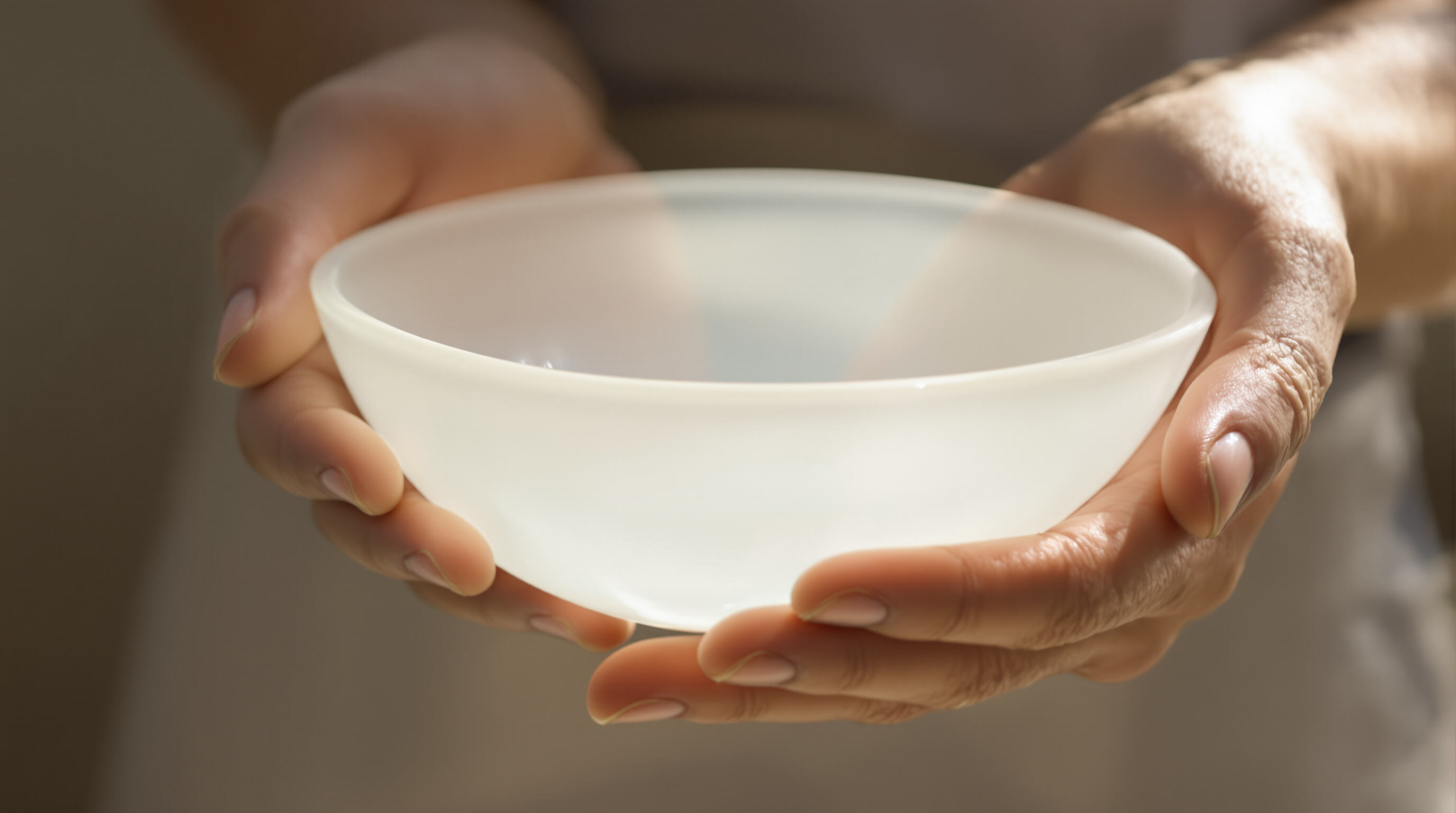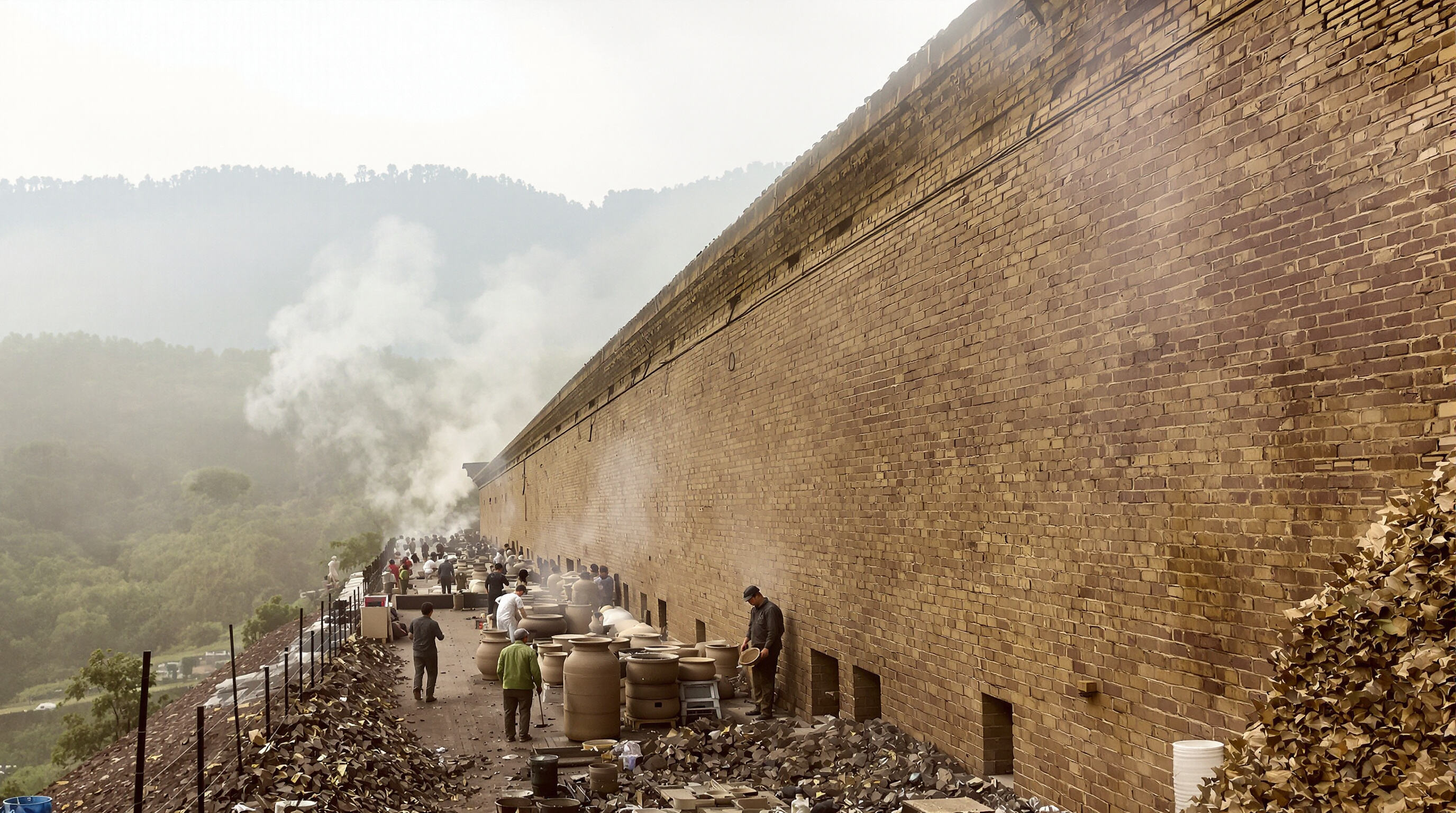Die Welt der chinesischen Porzellankunst entdecken
Chinesisches Porzellan hat Sammler, Historiker und Kunstliebhaber auf der ganzen Welt seit Jahrhunderten fasziniert. Es ist bekannt für seine Eleganz, feine Verarbeitung und zeitlose Schönheit und verbindet kunstvollen Ausdruck, kulturelle Tradition und handwerkliche Meisterschaft. Bei Shenzhen Tao Hui Industrial Co., Ltd. sind wir bestrebt, dieses reiche Erbe zu würdigen und gleichzeitig seine modernen Anwendungen im zeitgenössischen Design und Lebensstil zu erforschen. In diesem Beitrag betrachten wir genauer die Geschichte, die Herstellungstechniken, die kulturelle Bedeutung sowie moderne Entwicklungen des chinesischen Porzellans, um Lesern ein umfassendes Verständnis und eine Wertschätzung dieser zeitlosen Kunstform zu vermitteln.

Ursprung und Entwicklung des chinesischen Porzellans
Die Geschichte der chinesischen Porzellanherstellung reicht mehr als zweitausend Jahre zurück. Während frühe Keramiken bereits in der Jungsteinzeit existierten, entstanden während der Han-Dynastie (206 v. Chr.–220 n. Chr.) porzellanähnliche Materialien. Doch erst während der Tang-Dynastie (618–907 n. Chr.) wurde Porzellan aufgrund seiner feinen Qualität und durchscheinenden Textur weitgehend anerkannt.
Während der Song-Dynastie (960–1279 n. Chr.) erreichte die Porzellanherstellung neue Höhen, wobei der Fokus auf einfachen, eleganten Designs lag, die von der Natur inspiriert waren. Celadon-Porzellan, mit seiner jadeähnlichen Glasur, wurde besonders beliebt und sowohl wegen seines ästhetischen Reizes als auch wegen seiner technischen Präzision geschätzt. Zur Zeit der Ming-Dynastie (1368–1644 n. Chr.) hatte chinesisches Porzellan seine weltweite Vorherrschaft erreicht. Die Einführung der Kobaltblau-Unterglassur-Dekoration führte zur Entstehung des heute ikonischen Blau-Weiß-Porzellans, das für seine detaillierten Muster und exquisite Verarbeitung bekannt ist. Diese Werke definierten nicht nur künstlerische Maßstäbe, sondern festigten auch Chinas Ruf als führender Exporteur von Luxusgütern.
Die Handwerkskunst hinter chinesischem Porzellan
Die Herstellung chinesischer Porzellane ist ein komplexer und sorgfältig gestalteter Prozess, der Handwerk und Wissenschaft miteinander verbindet. Sie beginnt mit der Auswahl hochwertiger Kaolin-Tone, die aufgrund ihrer Reinheit und glatten Textur bekannt sind. Erfahrene Handwerker formen den Ton zu unterschiedlichsten Formen – von zarten Teetassen und Schüsseln bis hin zu großen Vasen und Zeremonienobjekten. Nach der Formgebung wird das Porzellan zunächst gebrannt, in einem Prozess, der als Biskuitbrand bekannt ist, um es für das Bemalen und die Verzierung vorzubereiten.
Die dekorativen Techniken sind vielfältig, von handgemalten Motiven bis hin zu detaillierten Schnitzereien und Unterglasurmustern. Traditionelle Muster enthalten häufig Elemente der Natur – Blumen, Vögel und natürliche Landschaften –, von denen jedes mit symbolischer Bedeutung versehen ist. Beispielsweise steht die Pfingstrose für Reichtum und Prestige, während Bambus für Widerstandsfähigkeit und Integrität steht. Nach der Verzierung wird die Porzellanware einer Hochtemperatur-Glasurbrandbehandlung unterzogen, wodurch eine glatte, durchscheinende Oberfläche entsteht, die sowohl die Ästhetik als auch die Langlebigkeit verbessert. Diese Kombination aus sorgfältiger Materialauswahl, künstlerischem Design und präzisem Brandprozess unterscheidet authentisches chinesisches Porzellan von gewöhnlicher Keramik.

Kulturelle und symbolische Bedeutung
Chinesisches Porzellan war schon immer ein wesentlicher Bestandteil der kulturellen und historischen Identität Chinas. Abgesehen von seiner funktionalen und dekorativen Verwendung, hatten Porzellanobjekte in der chinesischen Gesellschaft stets eine symbolische Bedeutung. Feines Porzellan galt schon immer als Symbol für Eleganz, Geschmack und sozialen Prestige. Vasen, Schalen und Teesets wurden häufig bei Zeremonien, religiösen Ritualen und als Geschenke verwendet, um Respekt, Glück oder Wohlstand zu vermitteln.
Zudem spielte chinesisches Porzellan eine zentrale Rolle im kulturellen Austausch. Über die Seidenstraße und maritime Handelsrouten gelangte Porzellan nach Europa, in den Nahen Osten und darüber hinaus, beeinflusste lokale Keramiktraditionen und löste weltweite Bewunderung aus. Im 17. und 18. Jahrhundert wurde chinesisches Porzellan zum Symbol für Luxus in europäischen Höfen, wobei Sammler und Adel um den Besitz seltener Stücke konkurrierten. Heute repräsentiert chinesisches Porzellan weiterhin ein kulturelles Erbe, das Ländergrenzen überschreitet und Jahrhunderte künstlerischer Innovation sowie kulturellen Stolzes widerspiegelt.
Regionale Stile und ikonische Designs
In ganz China haben verschiedene Regionen ihren eigenen, charakteristischen Stil beigetragen, der die jahrhundertealte Porzellantradition des Landes bereichert hat. Jingdezhen, häufig als die „Porzellan-Hauptstadt“ bezeichnet, ist bekannt für die Herstellung hochwertigen Blau-Weiß-Porzellans. Dort perfektionierten Handwerker die zarte Cobalt-Unterglassmalerei-Technik, die zu einem Kennzeichen der Meisterwerke der Ming- und Qing-Dynastie wurde.
Yixing in der Provinz Jiangsu ist bekannt für seine unglasierten Teekessel aus lila Ton, die sowohl funktionellen als auch ästhetischen Wert besitzen. In der Zwischenzeit ist Dehua-Porzellan aus der Provinz Fujian für seine cremig-weiße Oberfläche und skulpturalen Formen bekannt, oft mit detaillierten buddhistischen Figuren und Blumenmotiven. Das Verständnis dieser regionalen Unterschiede hilft Sammlern und Enthusiasten dabei, die Vielfalt und Tiefe der chinesischen Porzellantraditionen zu schätzen.
Moderne Innovationen im chinesischen Porzellan
Obwohl chinesischer Porzellan seine Wurzeln in der Tradition hat, entwickelt er sich weiterhin in der modernen Ära. Zeitgenössische Handwerker und Hersteller, darunter Shenzhen Tao Hui Industrial Co., Ltd., erforschen innovative Techniken, die klassische Handwerkskunst mit modernem Design verbinden. Dazu können neue Formen gehören, Experimente mit kräftigen Farben und Glasuren sowie die Einbeziehung moderner Motive in zeitlose traditionelle Designs.
Heute reicht die chinesische Porzellankunst über traditionelles Tafelgeschirr und dekorative Gegenstände hinaus. Sie findet nun Anwendung im Bereich Home Décor, Luxusgeschenke, Inneneinrichtung und sogar bei technischen Produkten, bei denen hochwertige Keramik sowohl wegen ihrer Langlebigkeit als auch wegen ihres ästhetischen Reizes geschätzt wird. Durch die Verbindung von Tradition und Innovation bleibt modernes chinesischen Porzellan auch im heutigen globalen Markt relevant und wird bewundert.
Sammlung und Erhaltung chinesischen Porzellans
Das Sammeln von chinesischen Porzellan kann für Enthusiasten und Historiker eine bereichernde Erfahrung sein. Die Kenntnis historischer Epochen, regionaler Stile und charakteristischer Techniken ist entscheidend, um authentische Stücke zu erkennen und deren Wert zu schätzen. Blau-Weiß-Porzellan der Ming-Dynastie ist bekannt für seine präzisen kobaltblauen Designs, während Stücke der Qing-Dynastie häufig detaillierte Emaille-Dekorationen und lebendige mehrfarbige Muster aufweisen.
Eine sorgfältige Pflege ist entscheidend, um die Schönheit und Langlebigkeit chinesischer Porzellankunst zu bewahren. Die Stücke sollten behutsam behandelt, vor starken Temperaturschwankungen geschützt und vorsichtig gereinigt werden, um die Glasur nicht zu beschädigen. Durch das Aufstellen in sicheren und stabilen Umgebungen lassen sich Sprünge und Risse vermeiden, sodass diese zeitlosen Objekte über Generationen hinweg Freude bereiten können.
Weltweite Wertschätzung und Einfluss
Die Anziehungskraft chinesischen Porzellans reicht weit über die Grenzen Chinas hinaus. Sein Einfluss zeigt sich in der keramischen Kunst Europas, des Nahen Ostens und Japans, wo einheimische Handwerker chinesische Techniken und Stile in ihren kulturellen Kontext integrierten. Museen auf der ganzen Welt präsentieren chinesisches Porzellan als Beispiele künstlerischer Meisterschaft und ziehen jährlich Millionen von Besuchern an. Sammler, Innenarchitekten und Kunstliebhaber schätzen nach wie vor die einzigartige Kombination aus Schönheit, handwerklicher Präzision und historischer Bedeutung.
Dank Ausstellungen, globalem Handel und kulturellem Austausch ist chinesisches Porzellan zu einem internationalen Symbol des künstlerischen Erbes Chinas geworden. Es steht nicht nur für technisches Können, sondern auch für eine reiche Erzählung menschlicher Kreativität, Handel und kulturellen Dialogs über Jahrhunderte hinweg.
Die Zukunft der chinesischen Porzellan-Kunst
Der anhaltende Reiz chinesischen Porzellans liegt in seiner Fähigkeit, Tradition und Moderne in Einklang zu bringen. Unternehmen wie Shenzhen Tao Hui Industrial Co., Ltd. spielen eine wichtige Rolle dabei, traditionelle Techniken am Leben zu erhalten und gleichzeitig Innovation zu fördern. Indem sie jahrhundertealtes Handwerk mit zeitgenössischer Ästhetik verbinden, inspiriert chinesisches Porzellan weiterhin Designer, Sammler und Enthusiasten auf der ganzen Welt.
Egal ob als Sammlerstück bewundert, in modernen Innenräumen verwendet oder für seinen künstlerischen Wert gefeiert – chinesisches Porzellan spiegelt Eleganz, Kreativität und kulturelle Kontinuität wider. Sein Erbe ist ein Beweis für die nachhaltige Kraft der Kunst, Menschen über Zeit und Raum hinweg zu verbinden, und bietet Schönheit, Inspiration und eine greifbare Verbindung zur Geschichte.
Fazit
Die Auseinandersetzung mit der Welt des chinesischen Porzellans eröffnet einen Einblick in das reiche kulturelle Erbe und die künstlerische Exzellenz Chinas. Von antiken Dynastien bis hin zu zeitgenössischem Design hat chinesisches Porzellan durch seine handwerkliche Qualität, Eleganz und symbolische Tiefe immer wieder fasziniert. Bei Shenzhen Tao Hui Industrial Co., Ltd. ehren wir dieses Erbe, indem wir hochwertiges Porzellan herstellen, das traditionelles Handwerk mit modernem Design verbindet.
Für Kunstliebhaber, Sammler und kulturelle Entdecker bietet chinesisches Porzellan ein zeitloses Erlebnis – eine Reise in die Welt der Schönheit, Geschichte und Kreativität, die Menschen auf der ganzen Welt weiterhin inspiriert und verbindet.

